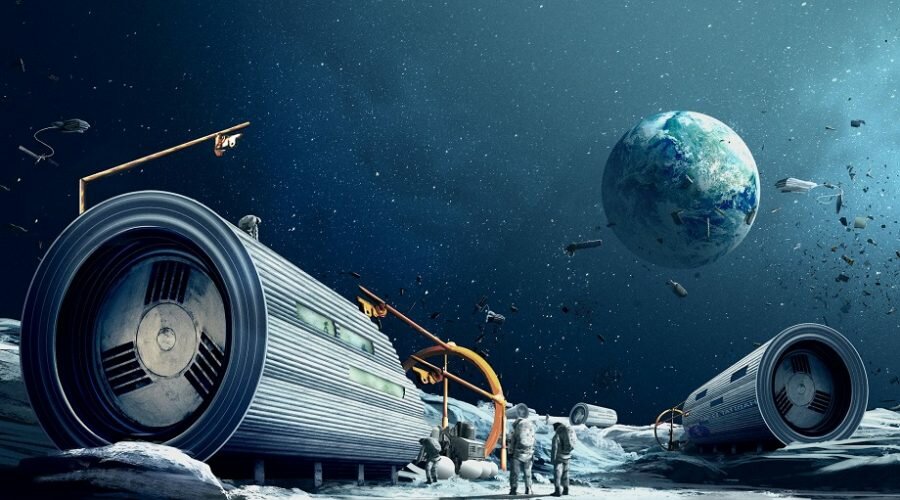A new space race to the moon has begun, albeit with much higher stakes and brand new players ready to make the 238,855-mile journey. This time, the race to the moon is about much more than just planting a flag on its dusty surface. Getting to the moon first could also mean calling dibs on its limited resources, and controlling a permanent gateway to take humans to Mars—and beyond.
According to a report published on DailyBeast, whether it is NASA, China, Russia, or a group of private companies that end up dominating the moon, laying claim to the lunar surface isn’t really about the moon anyway—it’s about who gets easier access to the rest of the solar system.
Different race
James Rice, a senior scientist at the School of Earth and Space Exploration at Arizona State University, remembers growing up with the Apollo program and getting bitten by the space bug as he watched the 1969 moon landing unfold on television.
“Things have really changed dramatically in terms of the technology and the players that are out there,” he said. “This is not the moon we thought of during the Apollo days.” Scientists have learned so much more about the moon through more detailed analysis of lunar samples, as well as several missions that have probed exactly what might be sitting on the moon’s surface and remain hidden deep underground.
Although we’ve known for more than a decade that the moon may be teeming with reserves of water ice, only last year NASA announced that it had found the best evidence yet that water trapped in icy pockets was circulating across the moon’s surface much older than previously thought, a discovery that fueled the idea of building a permanent base on the Moon that astronauts could use to reach Mars and other celestial destinations.
Water is a valuable resource for space travelers, not only for astronauts to drink, but also to convert into rocket fuel for use in the explosion.
As it is known scientifically, water consists of oxygen and hydrogen atoms, and the latter is known as the most efficient type of propellant, while oxygen can be combined with fuel to cause combustion, and the ability to break all that water ice on the moon means that you can access all its components; It is a massive source of rocket fuel, and – an added bonus – any excess oxygen can be used as breathable air by astronauts.
Midpoint
Finding these resources on the moon is much better than transporting them from Earth. Packing resources to space comes at a hefty price—it costs about $10,000 just to launch a payload weighing a single pound into Earth’s orbit, according to NASA. It could be far less costly to use what the moon has to offer to build a lunar pitstop to cosmic destinations.
“I think the moon has been placed as this midpoint, or first step towards Mars,” Casey Dreier, senior space policy adviser at The Planetary Society, told The Daily Beast. “It’s not an end destination.”
In other words, going back to the moon is not really about the moon, at least not entirely. It’s a gateway to truly larger space ambitions. That’s why Artemis—NASA’s new lunar exploration program—has been consistently touted not as simply a redux of Apollo, but rather the initial foundation for a permanent presence on the moon.
Sources:
https://www.nasa.gov/centers/marshall/news/background/facts/astp.html
https://www.nasa.gov/press-release/nasa-s-sofia-discovers-water-on-sunlit-surface-of-moon/

